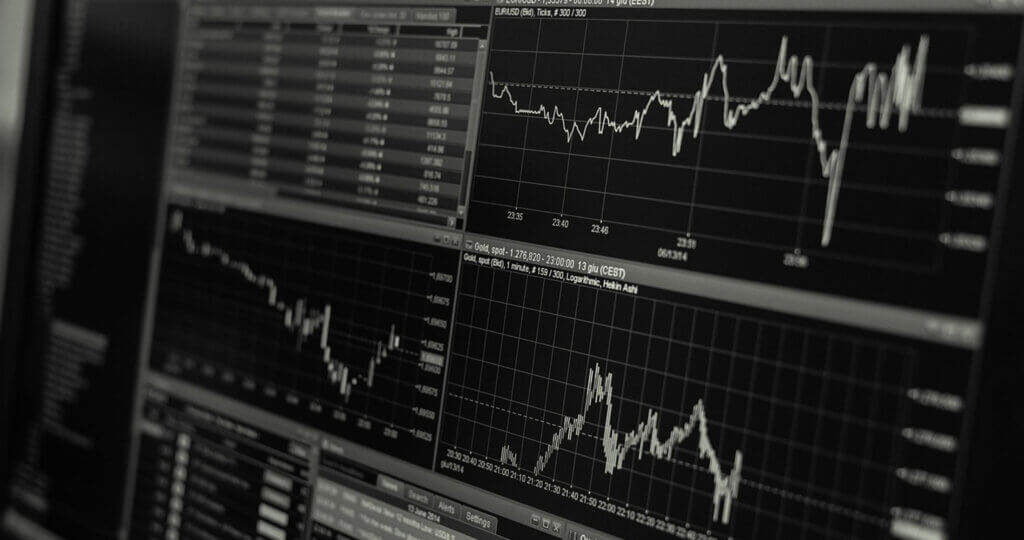Oakmark Fund - Investor Class
Average Annual Total Returns 09/30/12
Since Inception 08/05/91 12.34%
10-year 8.28%
5-year 4.14%
1-year 30.43%
3-month 6.32%
Gross Expense Ratio as of 09/30/11 was 1.04%
Past performance is no guarantee of future results. The performance data quoted represents past performance. Current performance may be lower or higher than the performance data quoted. The investment return and principal value vary so that an investor’s shares when redeemed may be worth more or less than the original cost. To obtain the most recent month-end performance data, view it here.
For the quarter, Oakmark Fund gained 6%, equal to the 6% gain in the S&P 500. Strong gains by our most important contributors – Google, Time Warner, and JP Morgan –more than offset the declines in our worst performers –Dell, Intel and FedEx. We continue to hold each of these extreme performers because we believe that the best performers are not yet fully valued and that the worst performers are still achieving the fundamental results we expect.
For the fiscal year, Oakmark Fund achieved a very high absolute return of 30%. Because we focus on value, we rarely outperform during strong markets. Most of our relative gains have historically come from losing less when the market is down. In the preceding commentary in this report, we discuss why this has been an unusual year for risk and volatility and why we believe it is creating opportunities for us to perform very well when the market is rising.
The biggest reason we performed well last year was good stock selection in the consumer discretionary and financial services sectors. Many of our cable companies returned more than 50% – Comcast, Time Warner, Disney and Discovery. They were joined in above-average performance by financial holdings, including Capital One, Wells Fargo, Bank of America, JP Morgan, Allstate and Aflac. Partially offsetting those good results, poor stock selection in technology hurt us. One of our best performing stocks was Apple (up 76%), a stock that few value funds hold. But because it comprised a smaller part of Oakmark (2%) than it did the S&P 500 (5%), it was a drag on our relative results. We want to reiterate that we don’t think about portfolio construction that way. We size our positions based on our assessment of risk and return rather than basing that decision on market capitalization. It can create odd outcomes like Apple “hurting” relative performance last year, but we believe our approach leads to better long-term results.
We began the fiscal year with 56 holdings. We eliminated 12 of those positions during the year. Coincidentally, that equates to roughly a 20% turnover of names, which is consistent with the five-year time frame we use. (Note that our turnover ratio most years has exceeded 20% largely due to aggressive tax trading.) We don’t manage the Fund with an eye on turnover, but we sell stocks either when we believe they have become fairly priced or when the businesses don’t perform the way we expect. On average, that just works out to a five-year holding period. Last year most of our “fair value” sales were stable businesses – like Bristol Myers and Diageo – that benefited from investors paying up for safety. Our purchases, on the other hand, were mostly financials and industrials, which investors had been shunning.
During the quarter, we eliminated our holdings in Best Buy and Diageo. Diageo was sold because the stock performed well; Best Buy was sold because we were disappointed in both its business performance and how the proposed buyout by the founder was handled. The Best Buy board was not as receptive as we had expected it to be when its founder expressed an interest in purchasing the entire company. Either the board wasn’t acting in what we believed was the shareholders’ best interest, or the buyout offer wasn’t as real as the founder was claiming. Neither would be a good outcome for us, so we sold the stock. We initiated three new holdings which are described below.
Cummins Inc. (CMI-$92)
Cummins is the world’s second-largest manufacturer of engines and the largest maker of truck engines. While North America is still its largest market, Cummins has been very successful in building sales and market share in faster-growth emerging markets, which now account for about a quarter of companywide sales. Further, we believe that its undisputed position as the industry leader in emissions controls technology should provide a long-lasting tailwind as countries mandate progressively tighter emissions standards in upcoming years. Cummins earned just over $9 per share last year, so it wasn’t surprising to see the stock reach a price of $130 in March. By July, however, as investors became increasingly concerned about the possibility of decreasing global growth, the stock hit a low of $82. We believe the decline was an overreaction. Cummins now sells at about 9x expected current-year earnings. Like many of our holdings, we expect Cummins to achieve mid-single-digit revenue growth over the economic cycle, and expect per-share growth to be higher as excess cash flow is devoted to share repurchase. Our expectation for above-average EPS growth, a moderate but growing dividend and a higher P/E multiple results in us believing Cummins is likely to produce above-average returns.
Principal Financial Group (PFG-$27)
Principal Financial is a leader in providing administration services and asset management for small to mid-sized corporate retirement plans. Additionally, just over a third of its income comes from various life, annuity and dental insurance operations. Despite the overwhelming majority of income coming from the asset management business, the stock is priced like a less attractive insurer. In 2007, before the financial collapse, Principal stock surpassed $70 when operating earnings were $3.93 and book value was $26.55. So, the P/E ratio was 18x, and the stock sold for about 265% of its book value. Today, the stock sells at about 85% of expected year-end book value and at less than 9x expected 2013 earnings. Assets under management have been growing nicely; inflows alone account for a mid-single-digit growth rate. Because of Principal’s strength in asset accumulation in emerging markets, we believe that growth rate is sustainable. Further, the company is repurchasing about 3% of its shares each year, and it recently raised its dividend to a current yield of more than 3%. We believe that investors’ distaste for owning financial services stocks has given us a very attractive entry price for this investment.
UnitedHealth Group (UNH-$55)
UnitedHealth is the nation’s largest provider of managed-care services. The managed-care business has strong economies of scale, so UNH is also arguably the most efficient provider. In 2005, when UNH earned $2.48 per share, its stock reached a high of $65, for a P/E ratio of 26x. UNH is expected to earn just over $5 per share this year, more than double its earnings from seven years ago, yet the stock price is now lower. The result is that UNH sells at only 10x expected 2013 earnings. Managed-care companies have fallen to below-average multiples because investors fear that health care reform will hurt these businesses significantly. We believe that fear is misplaced. We think the government needs companies like UNH because using the existing managed-care networks is far less expensive than building a new one, and UNH’s breadth should allow it to thrive in most scenarios. UNH revenues grow with medical costs, supplemented by market share gains and an aging population that requires more spending on health care. Further, the share base has fallen every year since 2005 as a result of management using excess cash generation for repurchases. Shares outstanding have been reduced by about 4% per year, a trend we expect will continue. We believe that purchasing UNH at a below-average P/E ratio, combined with its moderate revenue growth, its shrinking share base and its moderate dividend, is likely to produce an above-average rate of return.
As of 9/30/12, Google, Inc. represented 1.9%, Time Warner, Inc. 1.5%, JPMorgan Chase & Co. 2.6%, Dell, Inc. 1.2%, Intel Corp. 2.0%, FedEx Corp. 2.3%, Comcast Corp. 2.5%, The Walt Disney Co. 1.6%, Discovery Communications, Inc. 2.2%, Capital One Financial Corp. 2.4%, Wells Fargo & Co. 2.1%, Bank of America Corp. 2.4%, Allstate Corp. 0%, Aflac, Inc. 1.9%, Apple, Inc. 2.3%, Bristol-Myers Squibb Co. 0%, Diageo PLC 0%, Best Buy Co., Inc. 0%, Cummins, Inc. 1.8%, Principal Financial Group, Inc. 1.0%, and UnitedHealth Group, Inc. 1.0% of the Oakmark Fund’s total net assets. Portfolio holdings are subject to change without notice and are not intended as recommendations of individual stocks.
The S&P 500 Index is a broad market-weighted average of U.S. blue-chip companies. This index is unmanaged and investors cannot actually make investments in this index.
EPS refers to Earnings Per Share and is calculated by dividing total earnings by the number of shares outstanding.
The Price-Earnings Ratio (“P/E”) is the most common measure of the expensiveness of a stock.The discussion of the Fund’s investments and investment strategy (including current investment themes, the portfolio managers’ research and investment process, and portfolio characteristics) represents the Fund’s investments and the views of the portfolio managers and Harris Associates L.P., the Fund’s investment adviser, at the time of this letter, and are subject to change without notice.







